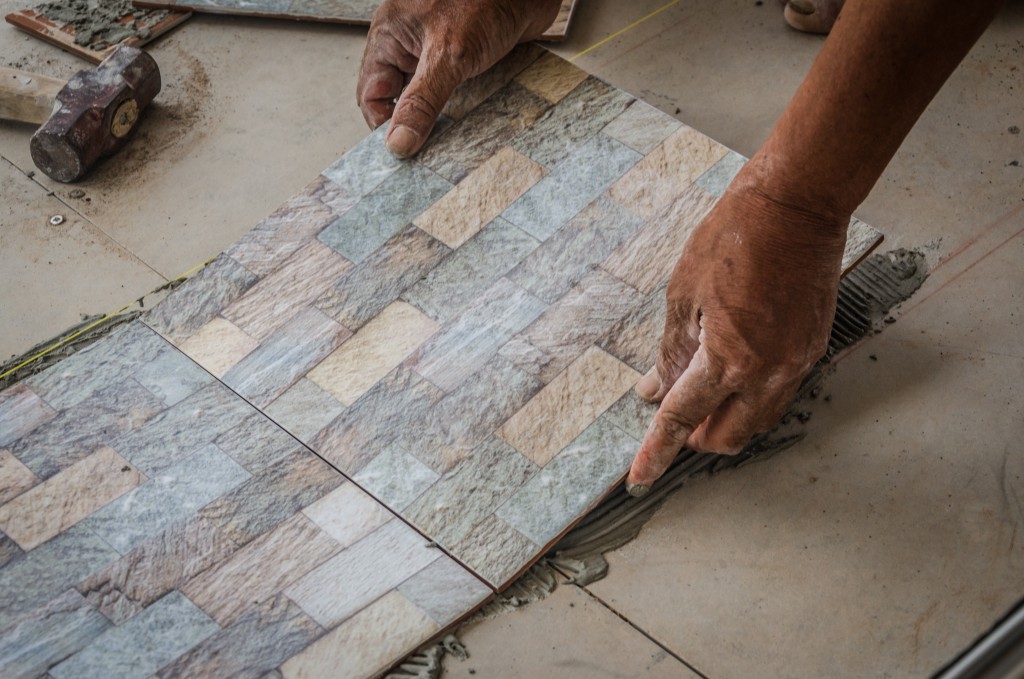Ever since the COVID-19 pandemic broke out, a lot of emphases have been on observation of proper hygiene and sanitation. We have already read and seen countless articles and write-ups about hygiene. We’re here to talk about your floors.
Floors are one of the largest surfaces in one’s home — if not the largest. Knowing how to properly clean them will help keep the coronavirus at bay. From industrial flooring systems to hardwood to tiles, we have listed down a few tips on how to clean the different types of floors in your home.
Hardwood
You have to be extra careful when working with hardwood. This type of flooring material is sensitive to moisture so either you use a damp microfiber mop or a vacuum with a soft-bristled attachment.
Concrete
Concrete is porous and stains easily. Sweep off loose dirt with a broom and clean the area up with an all-purpose cleaner before you have it sealed with a commercial sealer.
If stains caused by oil and grease are involved, you can use kitty litter to absorb them. Spread it out using a broom and wash off with a garden hose afterward.
Asphalt Tile
Asphalt tiles require mopping at least once a week to keep it in great condition. Use a cup of fabric softener mixed in with a half-pail of water and mop the floor. Rub liquid floor wax on the floor with steel wool to take out marks.
Brick
Like concrete, brick is also porous so you have to ensure that it is sealed with a commercial sealer. Whatever you do, do not use strong soaps, abrasives, and acids on it. Use solvent-based wax and brush to do away with build-ups. And always mop after you vacuum the area.
Laminate
One of the best things about laminate flooring is very few things can harm it. However, you must avoid getting water underneath the planks so dry-mopping or vacuuming is the recommended method of cleaning this flooring type.
Oh, and never polish a laminate floor. If it looks damaged, it is best to replace it.
Cork
Another highly porous material is cork. What makes it look great — its porosity — is also what will bring damage to it if not cleaned properly. Wipe away spills immediately. Vacuum regularly to prevent it from scratching.
Linoleum
Most folks who have plenty of knowledge about the nature of linoleum flooring recommend treating it as you would cork, especially when it comes to its maintenance. Use a dish soap and water solution and spray it one section at a time and wipe with a microfiber mop.
Vinyl
Vinyl can also be cleaned using a homemade vinegar solution. Simply spray the solution on the area a section at a time just like you would linoleum. Wipe with a damp microfiber mop as you go along to keep the vinyl tiles looking fresh and new.
Natural Stone
Unlike the others in this list, avoid vinegar and other acidic liquid cleaning solutions on natural stone as they are bound to do more damage than preserve the stone’s natural beauty.
In cleaning natural stone, it is best to use a mop with pH neutral cleaners for non-sealed floors and microfiber mop and hot water for non-sealed.
Porcelain Tile

The way you clean vinyl tile flooring is the same approach you should take when working on porcelain tiles. Regular cleaning can be done by mopping and spray solutions.
Periodic cleanings can be done using a steam cleaner. The steam helps remove stain and bacteria from the tiles and grout giving you not only a stain-free floor but also a germ-free one.
Aside from cleaning, make sure to disinfect your floors properly regularly, especially in areas where there is high foot traffic. You can never be too cautious at this time.

